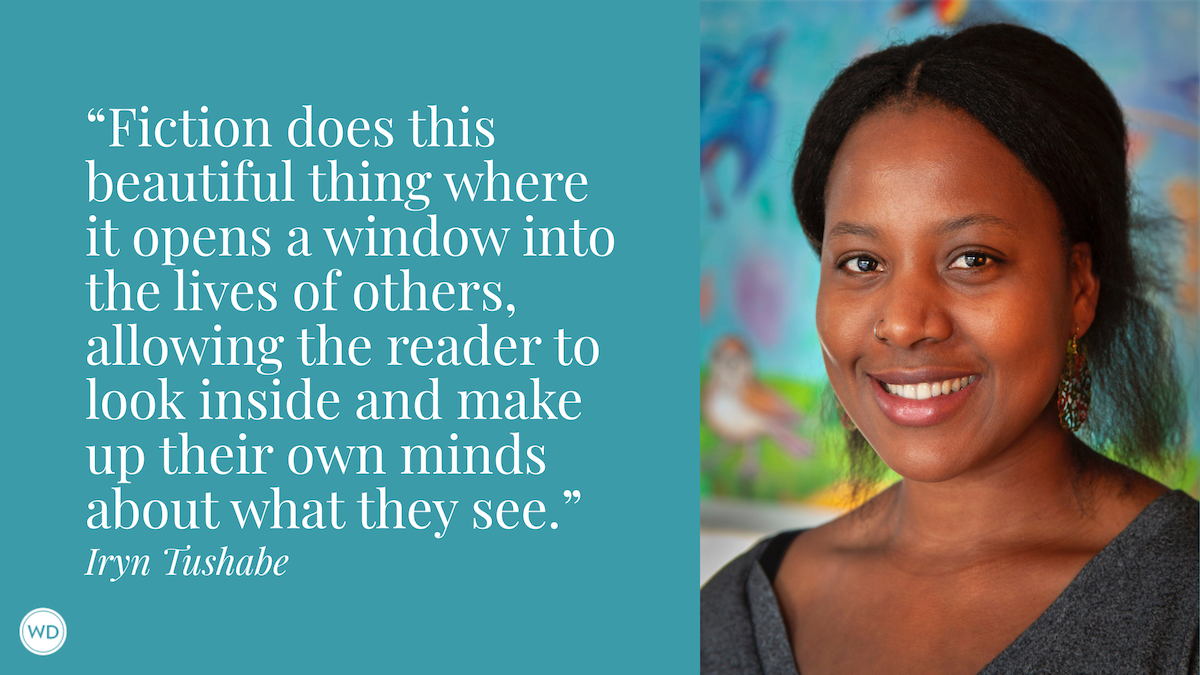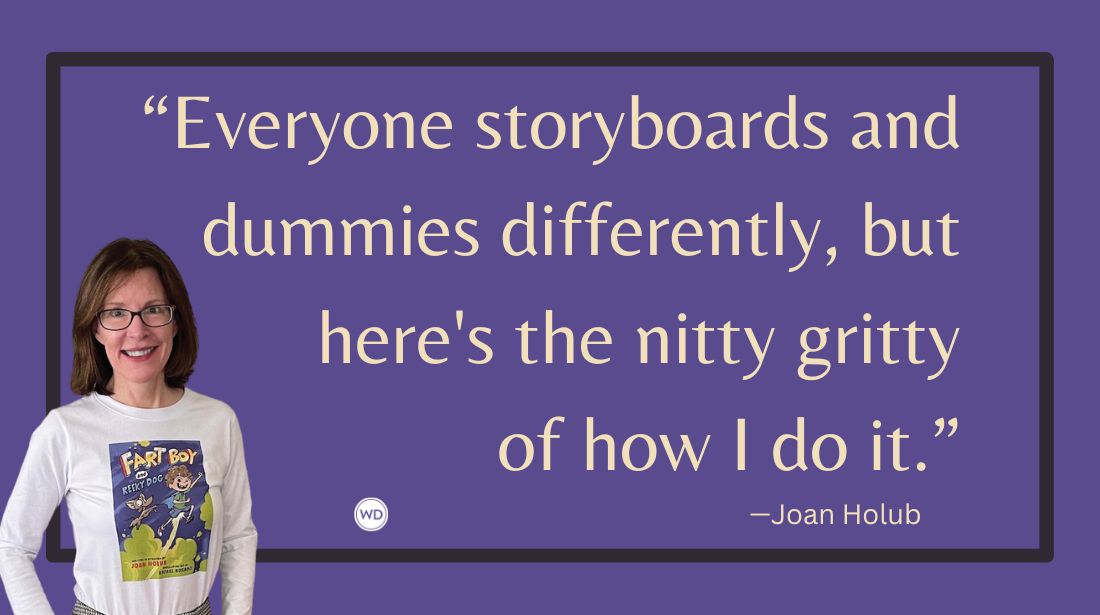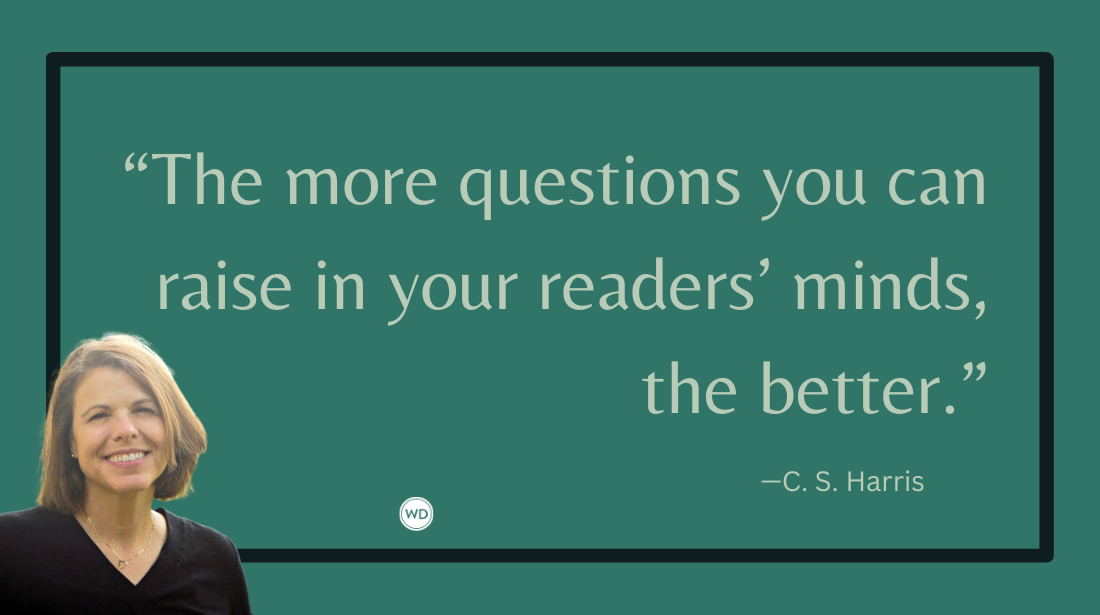How to Create a Character Profile To Write Believable Characters
Writing believable characters may not be easy, but it is important. Here, author Carly Schabowski shares the importance of writing believable characters in our stories as well as 19 questions for creating a character profile.
Characterization and character development in writing aren’t easy. It requires you to imagine a character from the day they were born to the day that they die. This sounds like a lot to think about, but to be able to create a believable character, you have to know everything about them so that when you put them into action, you know how they will respond to the situation: You know what they will say; you know what they will do next.
As a writer of character-driven historical fiction, I feel that it is key for me to understand a character’s motivations: their likes, dislikes, their hobbies even. All of these things help to create a believable character for my reader.
Even though you might not be writing a character’s early childhood or their death, you need to know what their life was like before you present them to a reader, as what has happened in their past informs who they are in the present, and this then shapes them in the future.
A great way to begin to understand characters and how they are created is to look at how other authors have achieved memorable characters. Try thinking of memorable characters from novels you have read. Spend a few minutes thinking about WHY they are memorable and jot these down for future reference.
Some of the ways that characters come to life is through various narrative devices such as:
Dialogue
This is important to think about. How does your character speak? Do they ramble, or do they speak in succinct sentences? What your character doesn’t say is just as important as what they do. For example, if someone argues with them, do they respond, or do they hold back? This speaks to their character and your reader will get some insight into who this person is.
Remember that dialogue must mimic real speech but not be full of illogical narratives. Look at some authors you admire and look at how they have written believable dialogue and what this says about their character.
Interaction
How does your character interact with the world you have created for them? Are they passive? Are they active? The way in which your character interacts with the world, situations, and other characters shows the reader who they are as a person.
Think about yourself, how do you interact in everyday life? What are your reactions? The more real-life examples you can think of and add to your character make them believable for the reader.
IndieBound | Bookshop | Amazon
[WD uses affiliate links.]
Action
What do they do? What don’t they do? Are they a hero or a reluctant hero in the quest you have set for them?
Your character drives the plot forward by the way they act. If your character sits idly, then your plot will not move forward.
Nature
Think of Lisbeth Salander in Girl with a Dragon Tattoo—her very nature makes her memorable, and this is because of her BACKSTORY. Our nature is something intrinsic to us, and your character has their own nature that comes across through how they act, interact, speak, etc.
Flaws
We are all human, so finding a flaw for your character draws your reader in and makes your character completely believable. Don’t hold back. No person in life is without a flaw, so don’t let your character be perfect as your reader just won’t believe in them!
Strong characterization is based on knowledge. The best way to write a really strong protagonist is to know them inside out. If you have this knowledge, you will find yourself using it. If you don’t have it, you can’t.
Create a Character Profile
A great way to create a believable character is to create a character or protagonist profile. Begin with thinking of a character and write their story in bullet points. Be as detailed as you possibly can. Think about the following:
- What is their name?
- When were they born?
- Where were they born?
- Who are their parents?
- What age are they when you introduce them to your reader?
- Who are their family?
- Where do they live?
- What are their hobbies?
- What are their flaws?
- Are they married/single?
- Do they have a secret?
- Do they have pets?
- Who are their friends?
- What is their job?
- What are they scared of?
- What makes them laugh?
- What clothes do they like to wear?
- What car do they drive?
- Did something happen in their past that will affect their story in the book?
This is not an exhaustive list, and you should add as much detail as you can so that when you close your eyes, you can see your character as if they are a real person. When you have all this information, you are able to create a believable character for your reader.
It is then time to put them into action to test your character. To test the strength of the character you have created, put them in an everyday situation, for example, going to the shop. Through action, dialogue, description, interaction, etc., bring this person alive on the page and then start thinking of other characters that are going to come to life in order for you to create a complete, believable world!
Carly Schabowski is the USA Today bestseller of historical fiction novels The Ringmaster's Daughter, The Watchmaker of Dachau, The Rainbow, and The Note. She lives in a tiny cottage in Oxfordshire, with barely enough room to swing a cat. Yet, she has managed to dwell in such a hobbit-type abode for some years with her two dogs, who keep her company as she reads, writes, eats chips, and drinks the occasional gin. Her interest in WWII history spans from a familial connection and inspired her to complete a PhD regarding the author's responsibility to historical fiction. Whilst an achievement, she gained 20 pounds and became a hermit.








